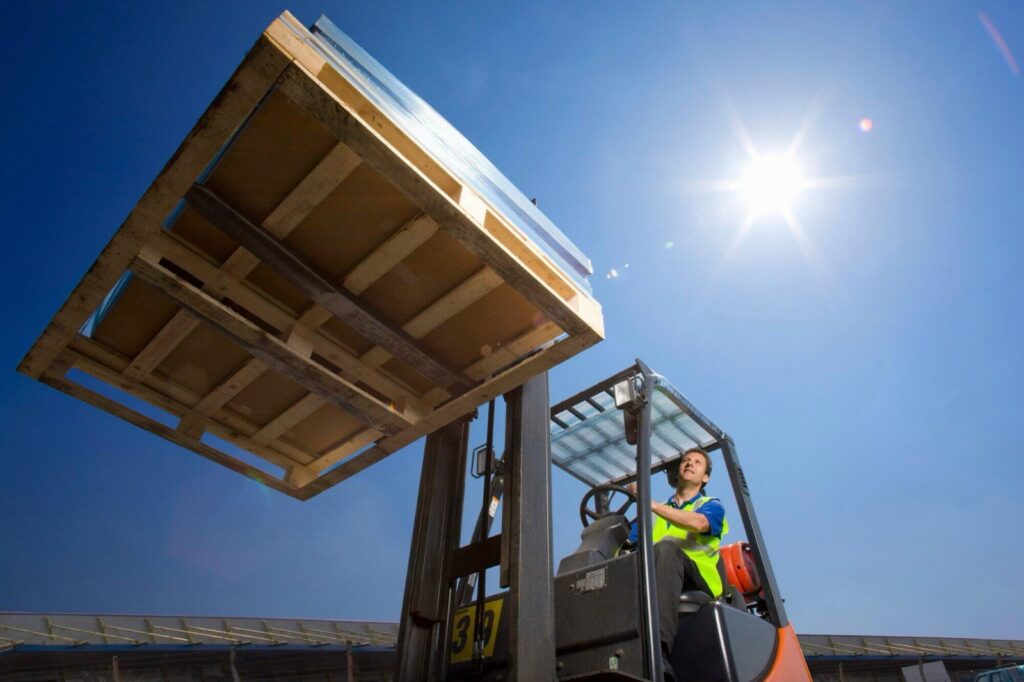When managing a construction project, selecting the right equipment is crucial. A construction forklift is often at the top of that list. There are so many models and specifications available. It’s easy for project managers to feel overwhelmed.
However, understanding a few key factors can significantly simplify the decision-making process. So, what should you consider when choosing a construction forklift?
Understand Your Project Needs
Before diving into specifications, take a moment to assess your project requirements. Are you lifting heavy materials? How high do you need to lift them? Understanding the specific demands of your site is essential. For instance, different models cater to various lifting capacities.
Load capacity is a primary specification to consider. Most construction forklifts can lift loads ranging from 5,000 to 70,000 pounds. This depends on the model. It’s essential to match the forklift’s capacity with the heaviest loads you plan to handle.
Additionally, keep in mind the lift height. Many construction forklifts provide height ranges from 10 to 50 feet. Select a model that meets both your load and height requirements. This will optimize your efficiency.
Evaluating Forklift Types
Knowing the types of forklifts available is crucial for making an informed choice. Telehandler forklifts are versatile and typically used for outdoor tasks, providing excellent reach.
On the other hand, straight-mast forklifts are ideal for lifting loads. They can be specific heights primarily on smooth surfaces. There are projects that requires lifting loads across uneven terrains or dense work sites. Ensuring you have the right forklift type is vital.
Consider Terrain Conditions
The terrain of your construction site will affect the type of construction forklift you choose. If you’re working on uneven ground, a rough-terrain forklift is necessary for optimal performance. Evaluate the forklift’s tires and stability. Larger, rougher tires can handle challenging terrains better than standard tires.
Safety Features and Maintenance
In construction, safety cannot be overlooked. Depending on your project scale, there must be specific safety features in a construction forklift. These can help prevent accidents. Look for forklifts equipped with stability systems, alarms, and adequate lighting.
Regular maintenance is also critical to ensuring safety and performance. Check the maintenance history and schedule of the models you’re considering. Some forks may require more frequent checks or specialized maintenance. Understanding these needs upfront can save you headaches later.
Cost Considerations
Finally, don’t forget about your budget. The cost can vary widely based on the equipment type, age, and condition. It is also advisable to consider long-term costs. This includes maintenance and potential repairs, over initial purchase price. Investing in quality equipment can ultimately save you time and money.
For more insightful tips and resources on selecting the perfect equipment for your project, be sure to check out https://99lifts.com/.
Choosing the Best Construction Forklift
Choosing the right construction forklift involves understanding your project’s unique demands. Make sure to evaluate forklift types, terrain, safety, and cost. By following these guidelines, you can ensure that you select an efficient and safe construction forklift. It should also meet your project needs, ultimately delivering success on your construction site.
For more topics aside from trailers and trucks, visit our blog!


